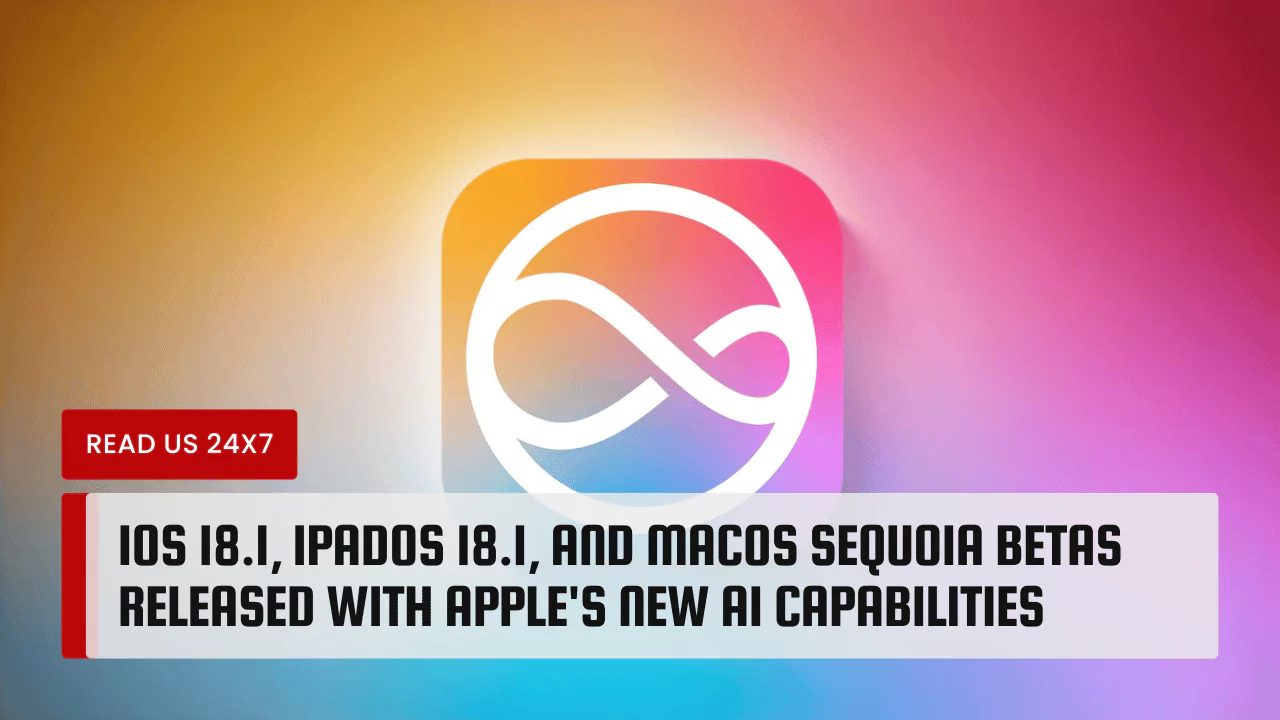Apple recently launched new beta versions for iOS 18.1, iPadOS 18.1, and macOS Sequoia, introducing exciting AI features known as Apple Intelligence. These updates focus on enhancing user experience and integrating advanced technology into Apple devices.
Exploring Apple Intelligence
Apple Intelligence is Apple’s foray into artificial intelligence. It aims to provide better user interactions and more efficient task completion. This updated AI system includes multiple features designed to assist users in various ways. From improved voice recognition to intelligent summarization, Apple Intelligence can change how users interact with their devices.
iOS 18.1 Beta 1 Features
Enhanced Siri Capabilities
Siri sees substantial improvements in iOS 18.1. The new version allows users to interact with Siri using both typing and voice commands. This flexibility makes it easier to communicate with the assistant in different situations. Users can expect a more intelligent Siri that understands context better. This means that Siri remembers previous requests, helping it provide more relevant responses.
Updates to Mail and Messages
Apple has also upgraded its Mail and Messages applications. The new features include smart replies that tailor responses based on the conversation. This makes texting faster and more intuitive. In Mail, users can access summaries of email threads, helping them stay organized. These enhancements ensure that users can manage their communications efficiently.
Enhanced Transcription Features
Transcription capabilities receive a boost in iOS 18.1. The system can summarize voice notes and written content, making information easier to digest. This feature is especially helpful for students and professionals who need to track vital details. The user-friendly design ensures that accessing summaries does not require advanced technical skills.
macOS Sequoia: Previewing Apple Intelligence
macOS Sequoia also joins the Apple Intelligence initiative. Users can explore similar features found in iOS 18.1. The aim is to create a seamless experience across devices. For example, users can expect improved integration of mail and app notifications on their Macs. This continuity enables better multitasking and enhances productivity.
Mac users will benefit from the same advanced Siri functionalities available in iOS. The contextual awareness of Siri means it can follow conversations better than before. This capability is especially useful in professional settings, where quick interactions matter.
Accessing the Latest Features of Apple Intelligence
How to Join the Waitlist
To access Apple Intelligence features, developers must join the Apple Intelligence waitlist. This process allows users to opt into testing these capabilities. Interested developers can visit Apple’s dedicated page to sign up. Access typically occurs within hours, making it easy to start exploring new tools.
Device Compatibility and Feature Availability
Not all devices support Apple Intelligence features. Users need specific devices to run these updates. For iPhones, only models with the A17 Pro chip or higher are eligible. The iPhone 15 Pro and iPhone 15 Pro Max currently fit this requirement. Apple silicon is necessary for compatible Macs and iPads. This includes several models like the M1 and M2 line, ensuring advanced technology benefits more users.
Expected Launch Dates and Test Phases
Apple plans to officially roll out these new capabilities in the fall. Although this is an early beta, ongoing adjustments are likely. Apple intends to refine features based on user feedback during the testing phase. This means improvements could occur regularly until the final launch. Developers and testers will play a crucial role in shaping the final product.
Conclusion
The release of iOS 18.1, iPadOS 18.1, and macOS Sequoia beta versions marks an essential step in Apple’s integration of AI technology. Apple Intelligence introduces innovative features that enhance user engagement and productivity. With improvements to Siri, mail, and transcription processes, Apple is set to redefine device interactivity. By participating in the beta testing phase, developers can shape the future of these technologies. As the official launch date approaches, excitement builds around what Apple may deliver next.



